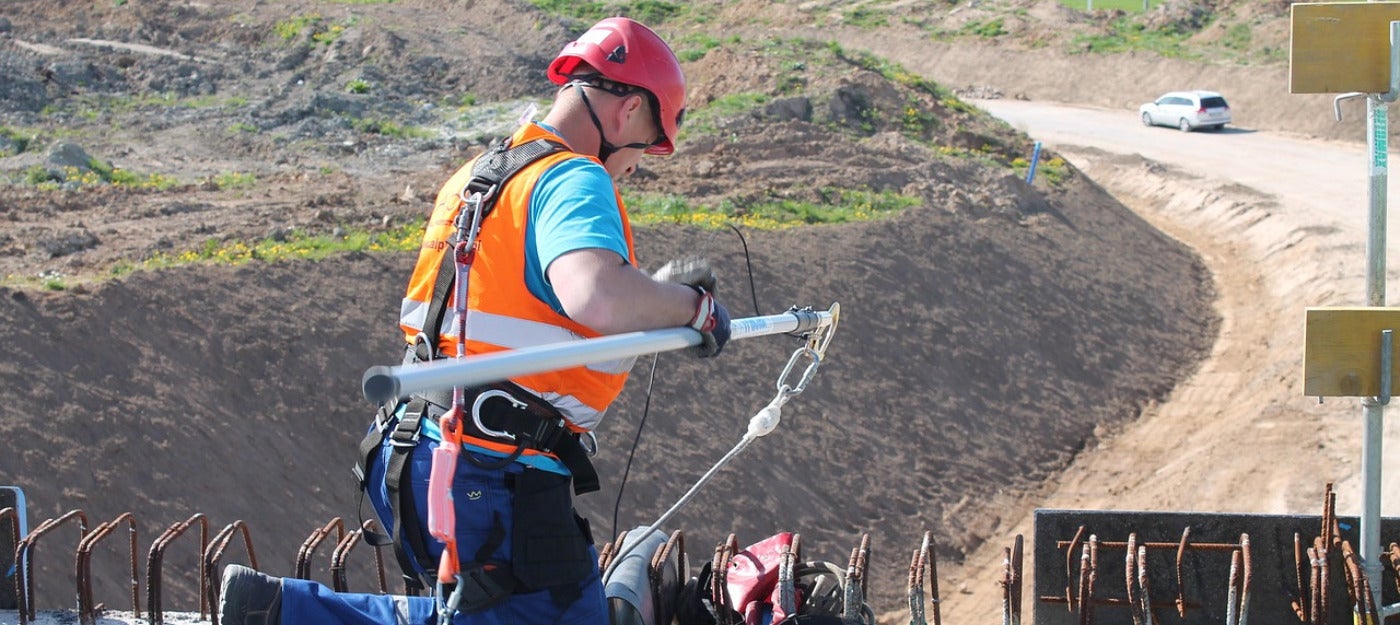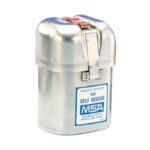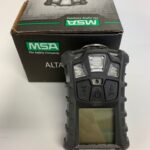Hazard Recognition and Prevention Guidance: Ensuring Workplace Safety
National Safety Month serves as a timely reminder to prioritize the safety and well-being of employees in all industries.
GET IN TOUCH
Contact us now for expert advice, an immediate quote and same-day shipping
Contact us
As part of hazard recognition week, it is crucial to highlight the Occupational Safety and Health Administration’s (OSHA) comprehensive guidance on hazard identification and prevention. This article explores OSHA’s guidance, emphasizing its significance in creating a safe work environment. Additionally, we will discuss how our company’s range of safety equipment, including fall protection gear, PPE, self-rescuers, collision avoidance systems, fire and dust suppression solutions, communication devices, and lighting, plays a vital role in mitigating hazards across various industries.
Understanding Hazard Recognition
Hazard recognition forms the foundation of workplace safety. OSHA’s hazard identification guidance provides a systematic approach to recognizing potential hazards that can compromise the health and safety of workers. Hazards can be categorized into different types, including physical, chemical, ergonomic, and biological hazards.
Physical hazards encompass environmental factors such as noise, temperature extremes, and radiation. Chemical hazards refer to the presence of substances that can cause harm through inhalation, ingestion, or skin contact. Ergonomic hazards arise from repetitive motions, improper lifting techniques, and poorly designed workstations. Biological hazards involve exposure to bacteria, viruses, fungi, and other infectious agents.
Prevention and Control Measures
OSHA’s guidance emphasizes the importance of implementing prevention and control measures to address identified hazards. These measures aim to eliminate or minimize risks through engineering controls, administrative controls, and the use of personal protective equipment (PPE).
Engineering controls focus on modifying the work environment to reduce exposure to hazards. Examples include installing barriers, implementing ventilation systems, and utilizing equipment with built-in safety features. Administrative controls involve establishing policies and procedures to minimize exposure, such as job rotation, employee training, and regular equipment maintenance. When engineering and administrative controls are insufficient, PPE becomes crucial in providing additional protection. PPE includes items such as helmets, goggles, respirators, gloves, and safety harnesses.
Carroll Technologies Group’s Role in Hazard Mitigation
As a provider of safety equipment, Carroll Technologies Group is committed to supporting industries in their efforts to mitigate workplace hazards. We supply a wide range of safety solutions tailored to specific industry needs.
Fall protection equipment is essential in industries like construction, mining, and offshore operations, where working at heights is common. Our fall protection gear, including harnesses, lanyards, and anchor points, helps prevent injuries from falls.
PPE plays a crucial role in protecting workers from various hazards. We offer a comprehensive range of PPE, including eye and face protection, respiratory equipment, and protective clothing, to ensure workers are safeguarded from chemical, physical, and biological hazards.
In high-risk environments such as mines, tunnels, and energy facilities, our W65 self-rescuers provide reliable respiratory protection in emergency situations, enabling workers to escape potentially hazardous atmospheres.
Our collision avoidance systems, fire suppression solutions, dust suppression equipment, communication devices, and lighting products contribute to overall workplace safety across different industries. These technologies help minimize accidents, enhance communication, and improve visibility, reducing the risk of injuries and incidents.
Hazard recognition and prevention are important elements in maintaining a safe work environment. OSHA’s guidance serves as a valuable resource for identifying and mitigating hazards across industries. By adhering to OSHA’s recommendations and utilizing our company’s range of safety equipment, industries such as mining, tunneling, construction, steel, offshore, and energy can significantly enhance workplace safety.
Let us embrace National Safety Month as an opportunity to prioritize the well-being of workers and strive for a safer future.
Read more: Mining Risks and Hazards
GET IN TOUCH
Contact us now for expert advice, an immediate quote and same-day shipping
Contact us
Our guarantees
- Same-day dispatch
- 24/7 support
- Authorized repair facilities
- MSHA approved
- Endorsed by manufacturers



